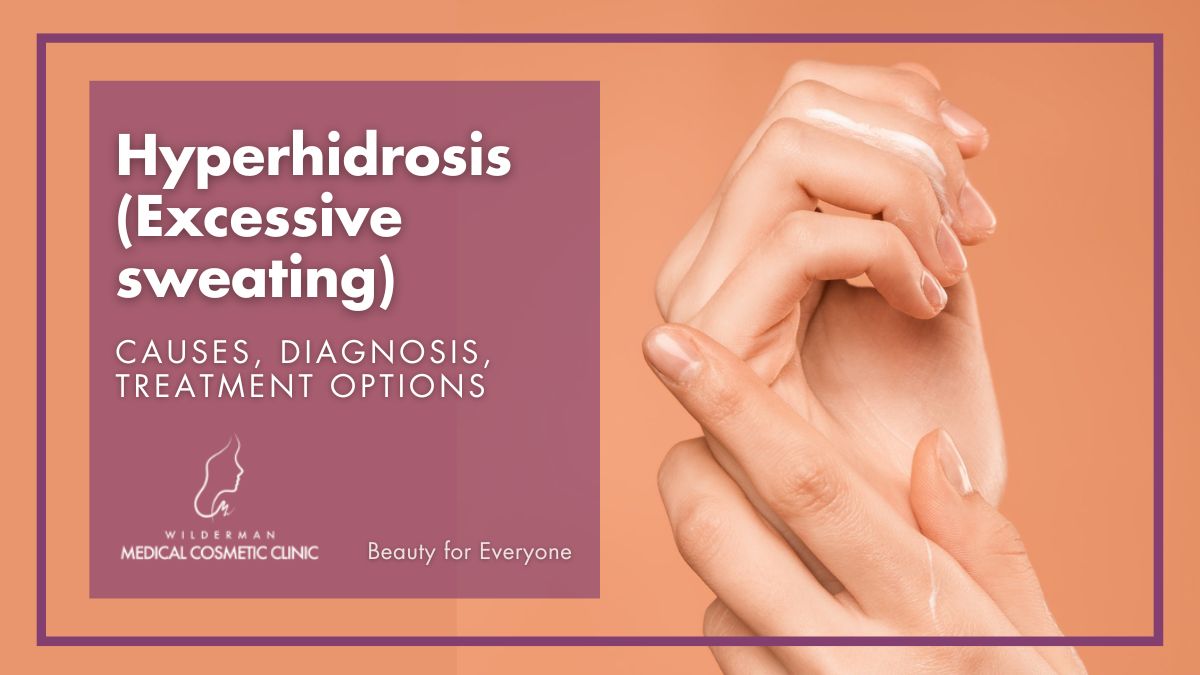
Understanding and Conquering Hyperhidrosis: Effective Treatments Unveiled
Hyperhidrosis, commonly known as excessive sweating, can be a challenging condition that significantly impacts daily life. From social discomfort to practical hindrances, those affected often seek effective treatments to manage and alleviate the symptoms. This article aims to explore the various treatment options available for hyperhidrosis, shedding light on ways to regain control and confidence.
The Burden of Hyperhidrosis: A Closer Look at Excessive Sweating
Hyperhidrosis goes beyond the normal sweating response to heat or physical activity. Individuals with this condition experience uncontrollable and excessive sweating, often in specific areas like the hands, feet, underarms, or face. The emotional toll of constantly battling sweat stains and the fear of embarrassment in social situations can be overwhelming.
Topical Treatments: Addressing Hyperhidrosis at the Surface
For mild cases of hyperhidrosis, topical treatments can offer relief. Antiperspirants with higher concentrations of aluminum chloride are commonly recommended to reduce sweat production. These over-the-counter or prescription-strength options can be applied to the affected areas, providing a simple and accessible solution for some individuals.
Iontophoresis: Harnessing Technology to Control Sweating
Iontophoresis is a non-invasive treatment that uses low-level electrical currents to disrupt the sweat gland activity. This technique is particularly effective for treating excessive sweating in the hands and feet. By immersing the affected areas in water while a low electrical current is applied, iontophoresis helps regulate sweat production. Regular sessions can lead to a significant reduction in sweating.
To learn more about hyperhidrosis treatments, visit beautifulnhealthy.com.
Botox Injections: Temporarily Blocking Sweat Glands
Botulinum toxin, commonly known as Botox, has proven to be a game-changer in managing hyperhidrosis. When injected into the targeted area, Botox temporarily blocks the nerve signals responsible for sweat gland activation. This minimally invasive procedure is especially effective for treating excessive sweating in the underarms. Results typically last several months, offering individuals a respite from constant perspiration.
Oral Medications: Regulating Sweating from Within
In some cases, oral medications such as anticholinergics may be prescribed to regulate the body’s sweat response. These medications work by blocking the chemical signals that stimulate sweat glands. While effective, they may come with side effects, and it’s essential to discuss potential risks and benefits with a healthcare professional before considering this treatment option.
Laser Therapy: Precision Treatment for Sweat Glands
Laser therapy, or laser ablation, is a more recent addition to hyperhidrosis treatment options. This procedure involves using laser energy to target and destroy sweat glands in the affected areas. While still being studied for its long-term effectiveness, laser therapy shows promise in providing a more permanent solution for those seeking relief from excessive sweating.
Surgical Interventions: Lasting Solutions for Severe Cases
For severe cases of hyperhidrosis that do not respond to other treatments, surgical interventions may be considered. Procedures such as sympathectomy involve surgically disrupting the nerves responsible for stimulating sweat glands. However, these surgeries are typically reserved for extreme cases due to the potential for complications and side effects.
Combining Therapies for Optimal Results
Individuals with hyperhidrosis often find that combining different treatment modalities yields the best results. A personalized approach that may involve a combination of topical treatments, Botox injections, and laser therapy can be tailored to address the unique needs and preferences of each patient.
Seeking Professional Guidance for Effective Hyperhidrosis Management
Choosing the right hyperhidrosis treatment requires careful consideration of various factors, including the severity of the condition, individual preferences, and potential side effects. Consulting with a knowledgeable healthcare professional is crucial to determine the most suitable treatment plan for optimal results.
Conclusion: Empowering Individuals to Overcome Hyperhidrosis
Hyperhidrosis may present challenges, but effective treatments exist to help individuals regain control over their lives. From non-invasive options like iontophoresis and Botox injections to more advanced interventions such as laser therapy and surgery, a range of solutions caters to different needs. By exploring these treatment avenues and seeking professional guidance, individuals can embark on a journey toward overcoming hyperhidrosis and reclaiming confidence in their daily lives.
